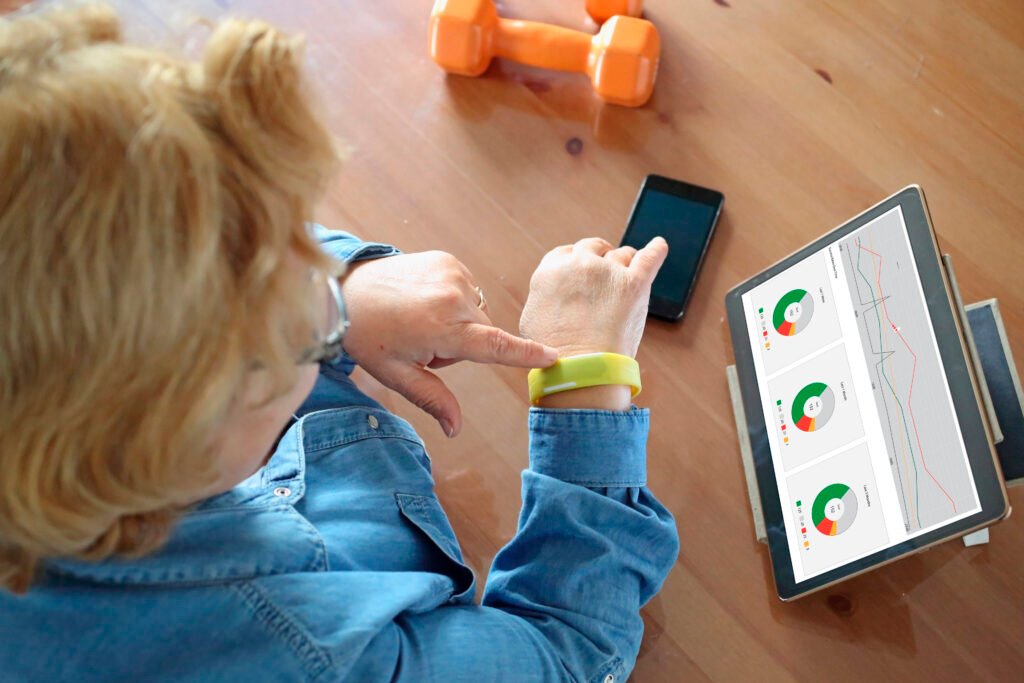Leveraging technology is important in facilitating the development of more effective and easy-to-use wellbeing technologies, which in turn support users in building healthy lifestyles. In today’s society where the attention economy is prevalent, companies need to leverage technology that is invisible to customers. They need to pursue business models and strategies that continue to attract customers rather than drive them away. This is how companies leverage technology to ultimately strengthen customer loyalty and optimize products and services.
When asked about well-being technology, Takashi Maeno, president of the Japanese Society for Well-being and professor at Keio University’s Graduate School of System Design and Management, said the following: They have good social capital and relationships, are highly motivated and full of positive energy, and are able to try new things and express their individuality. Well-being technology should help people tap into their sensibilities and pave the way for personal relationships and motivation. ”
A super-aging society supported by well-being technology
Developed countries such as Japan and China are particularly experiencing aging societies. With the super-aging society, various issues arise such as nursing care, labor shortages, and increased loneliness, and well-being technology is expected to contribute to solving these issues.
1. Maintain and improve health: Well-being technology in wearable devices and mobile apps can collect health-related information, monitor health status, and detect diseases early. Individual health advice and rehabilitation programs using AI will also appear, and will play a major role in maintaining and improving the health of the elderly.
2. Reducing the burden of nursing care: Currently, nursing care support using robot technology and AI is progressing. It improves the quality of care in a variety of ways, from physical assistance to memory support and functions as a conversation partner, reducing the burden on caregivers.
3. Improving the efficiency of medical and nursing care services: Telemedicine, online consultations, remote monitoring services for elderly people living in remote areas, etc. will make medical and nursing care services more familiar and easier to use. These technologies will also play a vital role in bridging the gap in healthcare and care between cities and remote areas.
4. Increase social participation and reduce loneliness: Digital devices and social media provide older adults with opportunities to participate in their communities and stay connected to others. Avoiding social isolation and participating in your community is essential to maintaining your mental health.
5. Solving the labor shortage: Using technology to support an environment where seniors can work actively. The option to work online or remotely provides an environment in which seniors can continue working, while job training and relearning platforms can also help update their skill sets.
Professor Maeno also describes the benefits of well-being technology as “its holistic ability to extend healthy lifespans, motivate people’s lives, and contribute to happiness, which is the ultimate purpose of life.”
At the same time, we found that leveraging wellbeing technology in a super-aging society comes with its own challenges.
1. Digital Literacy: Currently, the majority of older adults lack the knowledge and skills to use digital devices. Understanding new technology can also be difficult and create a barrier to integrating new technology into your life. For example, if you use a health monitoring application on your smartphone or tablet, you may have difficulty navigating the app or understanding the information it displays. To address this situation, simple and easy-to-use user interfaces tailored to older adults and educational programs that increase digital literacy are essential. Panasonic’s Takeshi Ando said that the elderly need “easy-to-use well-being technology that doesn’t make the user aware that they’re using it.”
2. Privacy and Data Security: There are concerns about how health-related information and other personal data is managed and used. Elderly people have a low awareness of security, which increases the risk of information leaks. Of all types of personal data, health-related information is particularly personal and sensitive and must be treated with the utmost care.
3. Lack of adequate support and guidelines: Using technology requires ongoing support, which may be insufficient. Device setup and troubleshooting are common scenarios where you need support. It should also be noted that the lack of equipment and systems in medical institutions and nursing care facilities, as well as the lack of guidelines and regulations governing digitalization, remain unresolved challenges. Additionally, while wellbeing technology should be based on scientific evidence, there may be products promoted using pseudoscience that directly contradict this basic principle. These products may provide users with misleading information and impact their ability to make informed decisions.
In order to overcome these challenges and make the most of well-being technology, companies must understand user needs and issues, develop a comprehensive education and support system, ensure data privacy and security, disseminate technology, and It is important to engage in social contribution activities. Improve accessibility.

